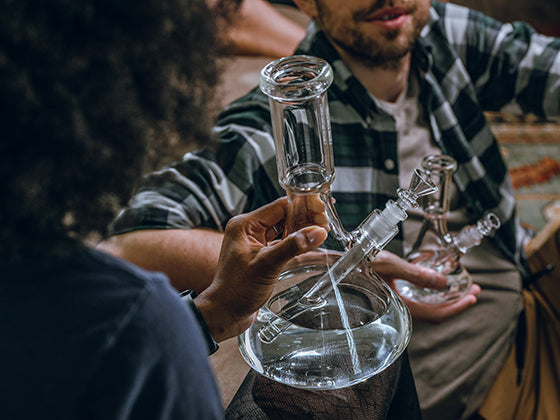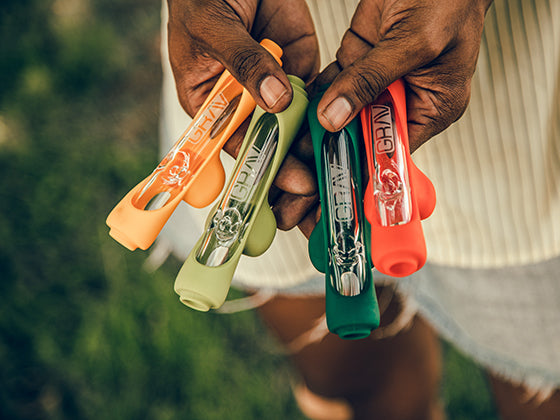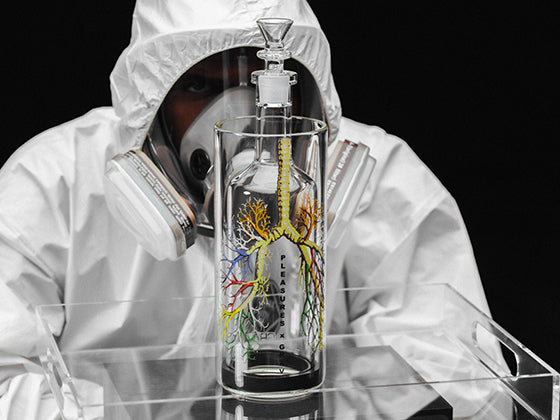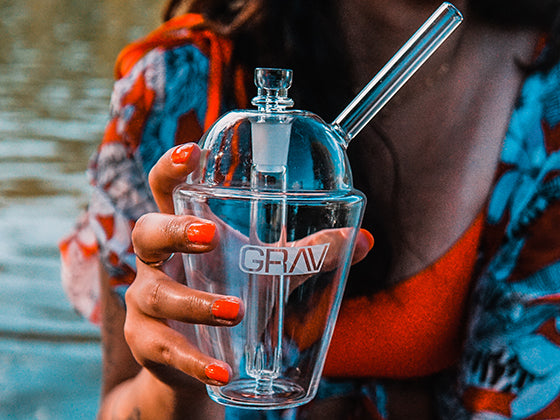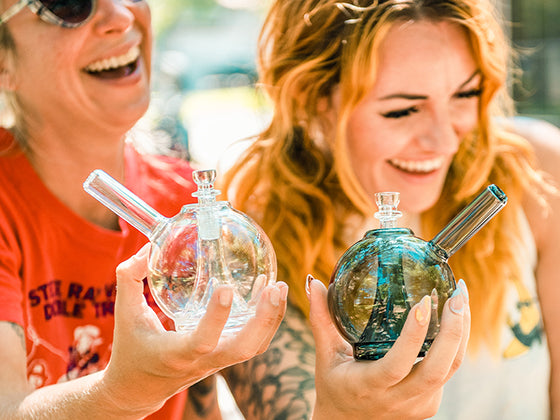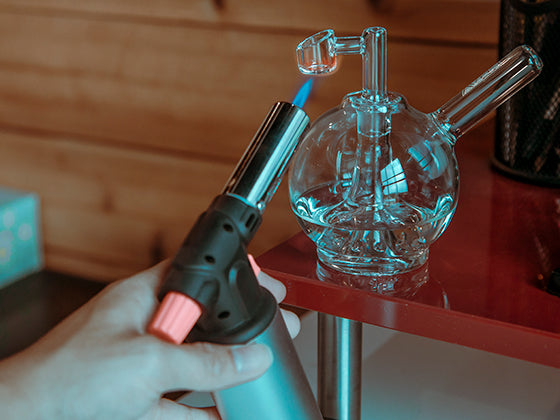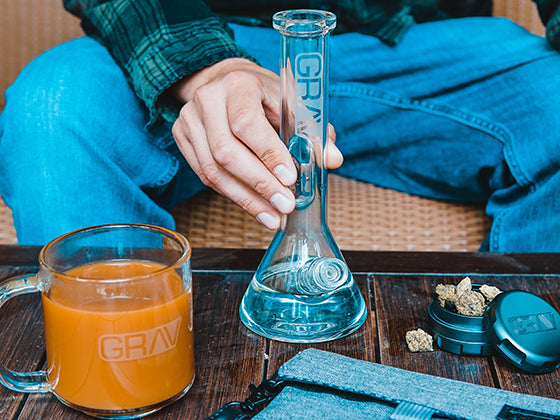DISCLAIMER: The information contained in these topics is not intended nor implied to be a substitute for professional medical advice. Nothing contained in these topics is intended to be used for medical diagnosis or treatment. Talk with your healthcare provider about any questions you may have regarding a medical condition.
Could cannabis be a preventative to COVID-19?
That’s what two Canadian researchers from the University of Lethbridge are trying to figure out.
Olga and Igor Kovalchuk have spent the past several years developing and testing strains of cannabis as a possible method of fighting cancer and inflammation. When the ‘Rona hit the scene, they began to look at how their research might be repurposed to help with COVID-19.
If you take anything away from the explanation to follow, let it be this — smoking a ton of weed that you picked up at your local dispensary is not going to prevent coronavirus. If you choose to stay baked out of your gourd until the pandemic is over, good for you. But there is no scientific evidence that you’ll be any safer.
Moving on.
How We Get Coronavirus
To understand how cannabis could help prevent the virus, first you have to understand how it’s transmitted.
The human body makes these special little proteins called ACE2 receptors. They protrude from the surface of certain cell types in the lungs, heart, and oral/nasal mucosa, and help regulate cell function.
But then the SARS-CoV-2 virus latches on to those ACE2 receptors, and uses them to gain access to the cell. It’s kind of like when someone attaches themselves to their hot friend to get into a VIP area.
This, by the way, is why we’ve been told not to touch our faces. The virus can’t get through the skin on your fingers. But if you put a contaminated finger in your mouth, you’re providing the virus with direct access to the ACE2 receptors in your oral mucosa.
Why Do We Need ACE2 Receptors?
Although these proteins are the ones letting the virus in, they serve a pretty important function. So unfortunately, we can’t just carpet bomb our ACE2 receptors so they can no longer serve as a bridge into our cells.
ACE2 is an important part of the protective epithelial lining of the lungs. And it’s vital to the functioning of our alveoli which absorb oxygen and release carbon dioxide — a process commonly referred to as breathing. They also help regulate blood pressure and promote wound healing.
Plus, they keep a protein called ANG II under control. ANG II is important in regulating blood pressure — but when unchecked by ACE2, it can cause blood pressure spikes and inflammation, damaging blood vessels and tissues.
When SARS-CoV-2 sticks to ACE2, it prevents ACE2 from regulating that ANG II signaling. So the ANG II goes haywire, increasing damage to the lungs and heart in COVID-19 patients.
So how do we reduce those ACE2 cell entry points, but not deprive our bodies of the ACE2 necessary to keep ANG II in check?
That’s what the Kovalchuks are working on.

A Cannabis Cure?
Igor and Olga Kovalchuk have theorized that cannabis could be used to temporarily reduce ACE2 gene expression, reducing or eliminating those entry points to the virus. There’s also a chance that cannabis could prevent the virus from replicating itself after it enters the body.
The pair has created over 800 Cannabis sativa strains, and they think it could be used as an ACE2 inhibitor. Their study says that a high-CBD cannabis strain “has been proposed to modulate gene expression and inflammation and harbour anti-cancer and anti-inflammatory properties.”
But remember, we need ACE2. So instead of a pill or injection that would target them all, they’ve theorized that a topical preventative, like a gargle or mouthwash, can reduce ACE2 proteins at the primary entry points — the mouth and throat.
Igor Kovalchuk told CTV that, “Cannabinoids reduce the number of doors in the building by approximately 70%, which means that access is severely limited.”
Now, as any recreational or medicinal user knows, different strains of cannabis affect the body very differently. That’s why any old joint won’t help protect you from COVID-19 — and some could even make you more susceptible.
The research is still in early stages. The Kovalchuks and their team are now seeking to run clinical trials on their ideas. But it would be an interesting preventative, and less invasive than an injectable vaccine.
In the Meantime…
Until we’re provided with a vaccine or cure, common sense measures persist.
Stay home whenever possible — although this has become increasingly difficult as unemployment benefits have ceased and non-essential businesses have reopened.
Maintain a 6-foot distance between yourself and others in public. If you gather with friends and family, stay outside where respiratory droplets can dissipate more easily. Wear a mask over your nose and mouth when you’re around others.
And wash your hands, ya filthy animal.

